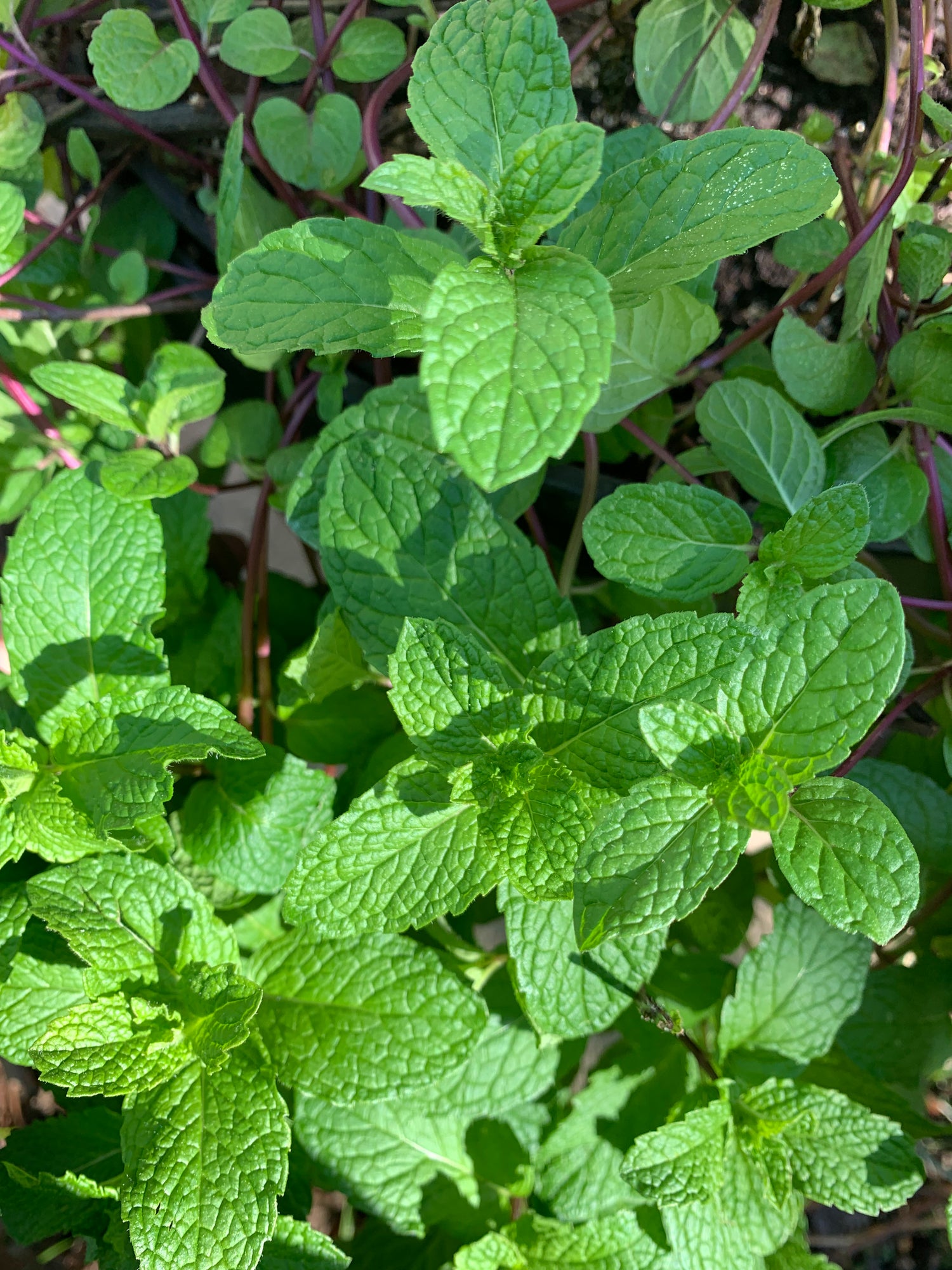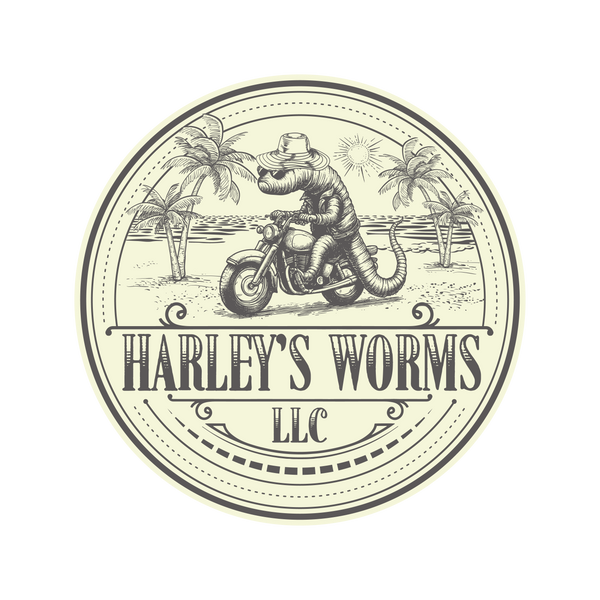About Us
Our Mission at Harley's Worms

Not All Worm Castings are Created Equal
Worm castings can vary in quality based on the inputs in your worm bin and what the worms are eating. The composition of the feed given to the worms directly influences the nutrient content and overall quality of the resulting castings. At Harley's Worms. we strive to produce high quality worm castings.
Here are some things to consider when putting together your worm bin:
Feedstock Variety:
The types of materials you feed your worms contribute to the diversity of nutrients in the castings. A balanced mix of green (nitrogen-rich) and brown (carbon-rich) materials is ideal. Green materials can include kitchen scraps like fruit and vegetable peels, while brown materials may include shredded paper or cardboard.
Avoiding Harmful Materials:
Some materials can be harmful to worms and can negatively impact the quality of worm castings. Avoid feeding them items like citrus fruits, meat, dairy, bread, spicy foods, and oily or fatty foods. These can either be harmful to the worms or create an unfavorable environment in the bin. Additionally, be mindful of the types of browns or cardboard you are adding to your bin. Cardboard that is fully printed or that has a waxy or plastic feel to it should not be used as the ink can be toxic to your worms.
Quality of Bedding:
The bedding material in the worm bin, usually made of leaves, peat moss, coco coir or cardboard, serves as both a habitat for the worms and a food source.
Moisture Levels:
Worms need a moist environment to thrive. If you can squeeze the bedding material in your hand and only a few drops come out, the moisture content of the bin is ideal. Keep in mind that you want the moisture level in your bin to be dryer before harvesting castings.
FAQs
How often should I feed my worms?
Feed your worms small amounts regularly, approximately every three days or one to two times a week. Ensure that the previous food has been mostly consumed before adding more. Overfeeding can lead to unpleasant odors and pest problems.
What are the ideal conditions for worm bins?
Worms prefer a temperature range of 55-75°F (13-24°C). Temperatures below 40°F and above 90°F are harmful. Keep the bedding moist but not waterlogged, and provide good aeration. Avoid extreme temperature fluctuations and direct sunlight.
What are common issues in worm composting?
Common issues include overfeeding (leading to bad odors), improper moisture levels, and temperature extremes. Monitoring and adjusting these factors can help maintain a healthy worm bin.
How do I set up a worm bin?
Set up a container with bedding material like peat moss and shredded cardboard. Moisten the bedding to the consistency of a wrung out sponge, lightly feed and allow the bin to sit for a few days before introducing your worms. Keep the bin in a cool, dark place.
What do worms eat?
Earthworms eat a variety of food. Worms eat fruit and vegetable scraps, including peels, cores, and other leftovers. Used coffee grounds and tea bags are also a good food source for worms. Additionally, crushed eggshells provide grit for the worms and help maintain a good pH balance in the worm bin. Fallen leaves and grass clippings are also a great food source.
What kinds of foods should I avoid feeding my worms?
Avoid feeding your worms citrus, dairy and meat. Be mindful of adding spicy foods or overly oily foods.
For additional information, check out Harley's Worms on YouTube.
We offer a Worm Course on Patreon.

Worm Castings
The typical recommendation for worm casting application is 1 part worm castings to 3 parts soil or a top dressing of 1-2" inches around each plant. In our experience, there is no upper limit on how much worm castings to use and have had amazing success growing tomotatoes in 100% worm castings.
